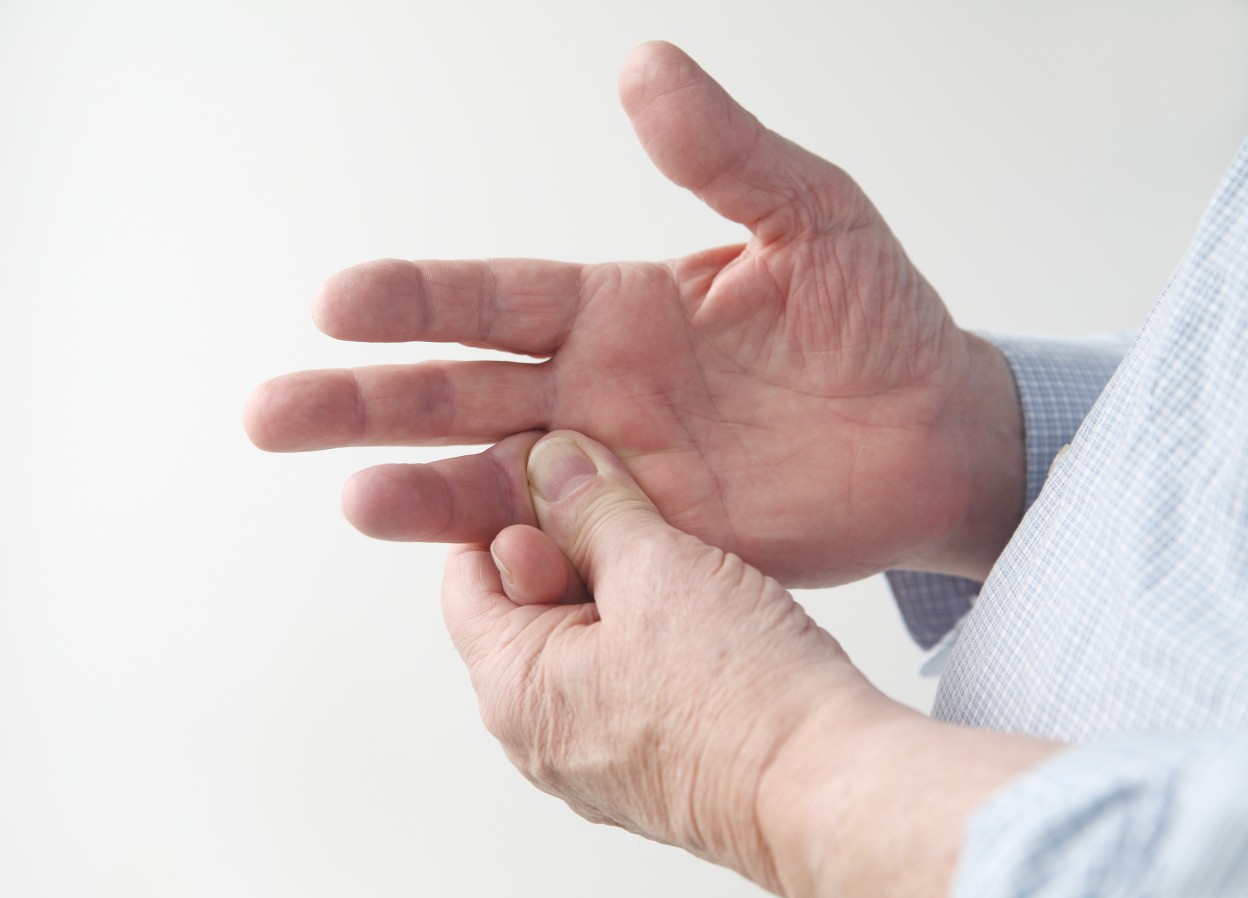Interview on Pain May Help Distinguish Nerve Damage Caused by Sjögren’s

Researchers have found that by performing an easy interview about a patient’s pain, clinicians might be able to differentiate between small nerve fiber damage of unknown cause and that caused by Sjögren’s syndrome.
Their study, “The Clinical Features of Painful Small-Fiber Neuropathy Suggesting an Origin Linked to Primary Sjögren’s Syndrome,” was published in Pain Practice.
A wide variety of nervous system complications are characteristic features of Sjögren’s syndrome. Small fiber neuropathy — damage to the peripheral nerves — is a major one. Peripheral neuropathy can cause weakness, tingling, burning, and pain, usually in the hands and feet.
In 50 percent of small fiber neuropathy cases, no specific cause can be identified (idiopathic), while the other 50 percent can be triggered by genes, metabolism, or immune system.
In primary Sjögren’s syndrome — where the systemic autoimmune disorder occurs by itself — patients often experience lack of muscle coordination, numbness, and a burning sensation in the extremities, which may or may not be a consequence of small fiber neuropathy.
Knowing the cause of peripheral nerve damage would allow clinicians to prescribe a specific management therapy for the underlying immune problems of Sjögren’s.
A team of researchers from France’s Université Paris-Est Créteil set out to determine whether clinical or neurophysiological characteristics of small fiber neuropathy could allow primary Sjögren’s to be differentiated from idiopathic small fiber neuropathy.
Twenty-five patients (two men and 23 women, mean age 56) with primary Sjögren’s-associated small fiber neuropathy were compared to 25 patients (five men and 20 women, mean age 60) with idiopathic small fiber neuropathy. Using validated clinical questionnaires and specific techniques to assess small fibers’ sensitivity to pain, investigators collected data on the way subjects perceived their pain.
Results showed that the idiopathic group had more frequent severe burning sensations and higher mean anxiety scores and daily pain intensity than those with primary Sjögren’s-associated small fiber neuropathy. The intense burning sensation could be due to higher sensitization of small peripheral nerve fibers.
All subjects then performed an electrochemical skin conductance test, in which they were asked to place both palms and soles on large stainless-steel electrodes while remaining in a standing position for 2 minutes, so that scientists could measure the skin’s response to locally applied very low direct current.
While six people in the idiopathic group felt an improvement in their pain in the evening, none of those with primary Sjögren’s-related small fiber neuropathy felt any improvement. However, 11 of these patients experienced the sensation of walking on cotton wool, compared to only one with idiopathic neuropathy.
Primary Sjögren’s patients also had significantly reduced electrochemical skin conductance in both hands and feet, compared to the idiopathic small fiber neuropathy sample.
An interview asking about a patient’s pain, including variation, severity of burning sensation, mean daily pain intensity, related anxiety, and sensation of walking on cotton wool, can therefore help clinicians distinguish between idiopathic and primary Sjögren’s-associated small fiber neuropathy, the researchers concluded.






